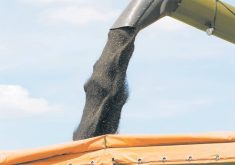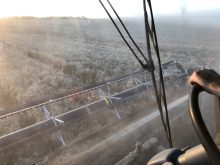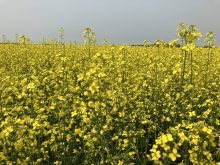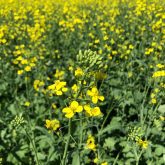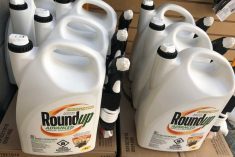Alberta producers are reporting large variations among buyers in their dockage assessment on canola, says a provincial crop market analyst.
“On dockage alone, producers have reported from one to over three per cent differences in dockage on the same sample of their canola,” said Neil Blue. “These differences were reported both in cases of comparing one buyer to another and also in challenging a dockage assessment by using the services of the Canadian Grain Commission.”
If a producer is not satisfied with grade or dockage assessed by a buyer, he or she can request a sample of the load be sent to the grain commission for assessment.
Read Also

Grazing ‘sweet spot’ boosts pasture performance
Timing-focused approach to pasture management touted to boost forage growth, livestock gains while also cutting farmer labour and inputs
“Payment for that load will then be subject to the result from the Canadian Grain Commission inspector,” said Blue.
The commission’s Grain Grading Guide (search for ‘grading guide’ at www.grainscanada.gc.ca) describes the method, aspirator settings, and screens to be considered for use in grading canola. The website also has forms for challenging the grade or dockage. The fee for an assessment is about $50 plus mailing costs.
The unusually large amount of spring-harvested canola also is raising concerns about grading.
There is “a large variation in the way buyers are perceiving that quality,” said Blue.
One of the determinants of canola quality is seed damage, assessed by observing the result of crushing canola seeds with a roller.
“Producers are familiar with a common form of damage, that being distinctly green seeds,” said Blue. “However, some canola seeds overwintered in the fields incurred damage in the form of inside seed colour change from a bright yellow to darker yellow to tan or brown colour. Like the assessment of green seed count, the assessment of other damage is subjective, based on the judgment of the grader.”
Strong demand and a relatively tight supply of canola mean the outside appearance of the canola seed has had little influence on the grading this year, he added.
“Because of this, you should shop your samples around widely, preferably after obtaining a grade on a representative sample from an objective source, such as the Canadian Grain Commission.”



